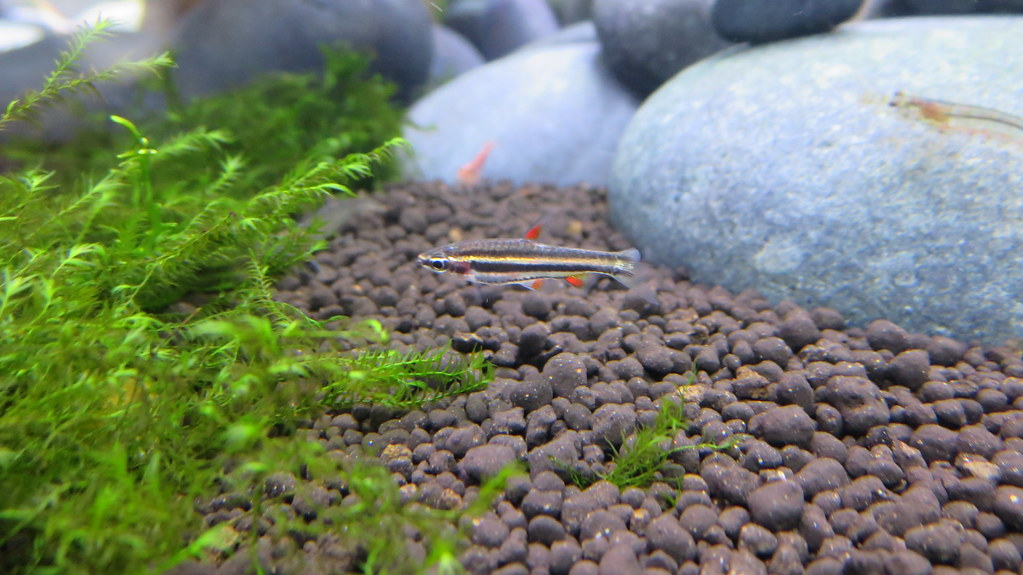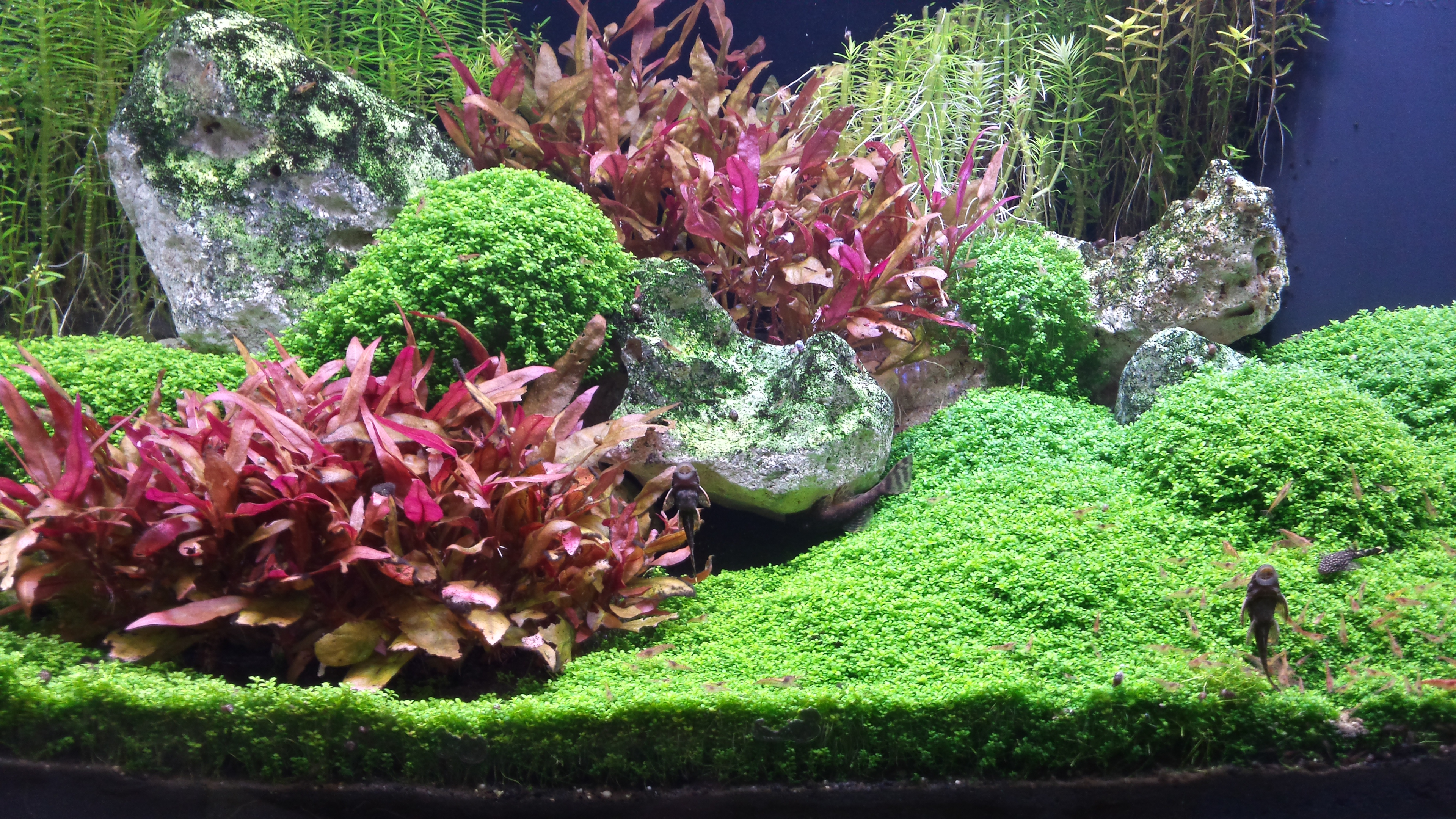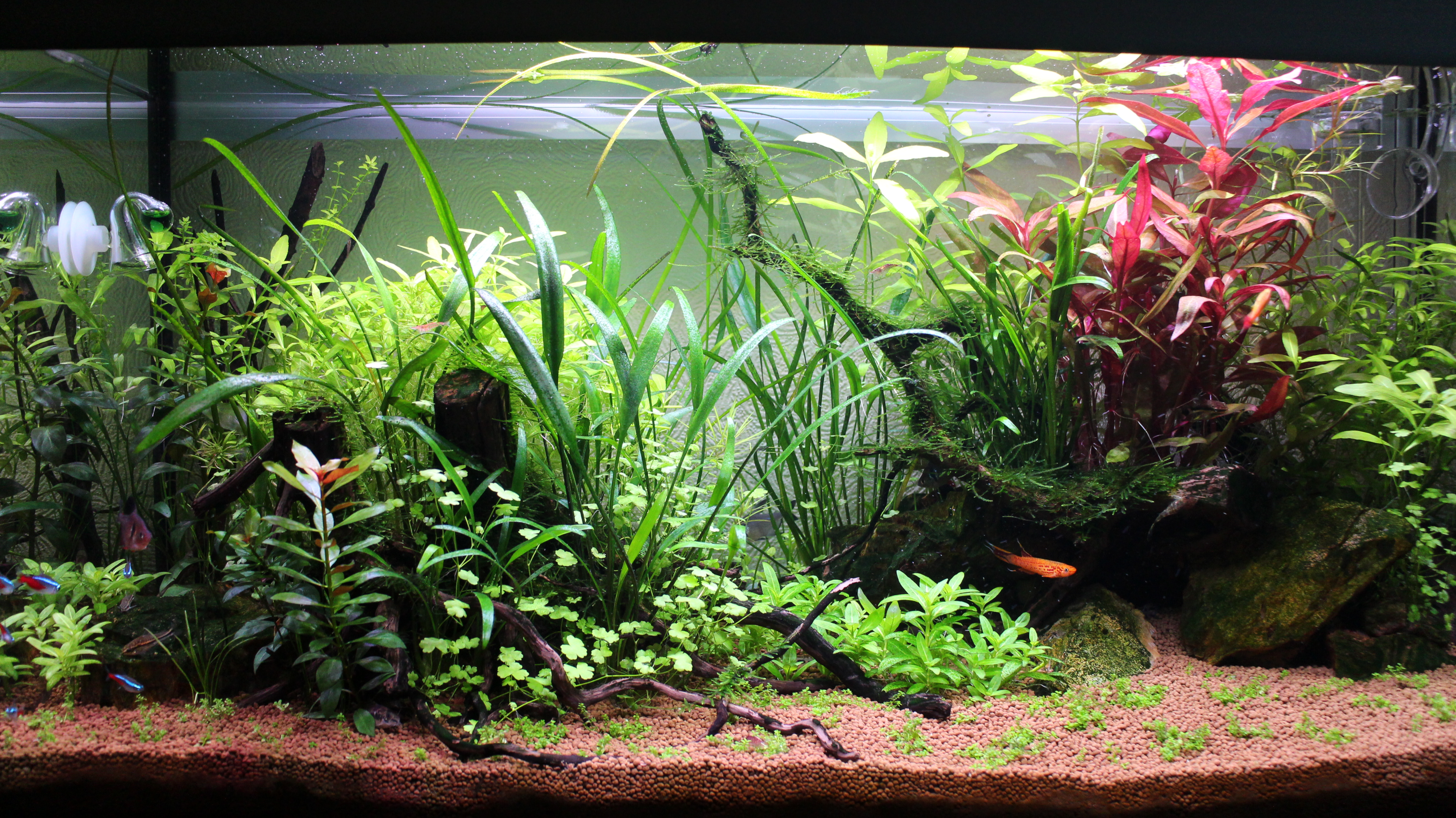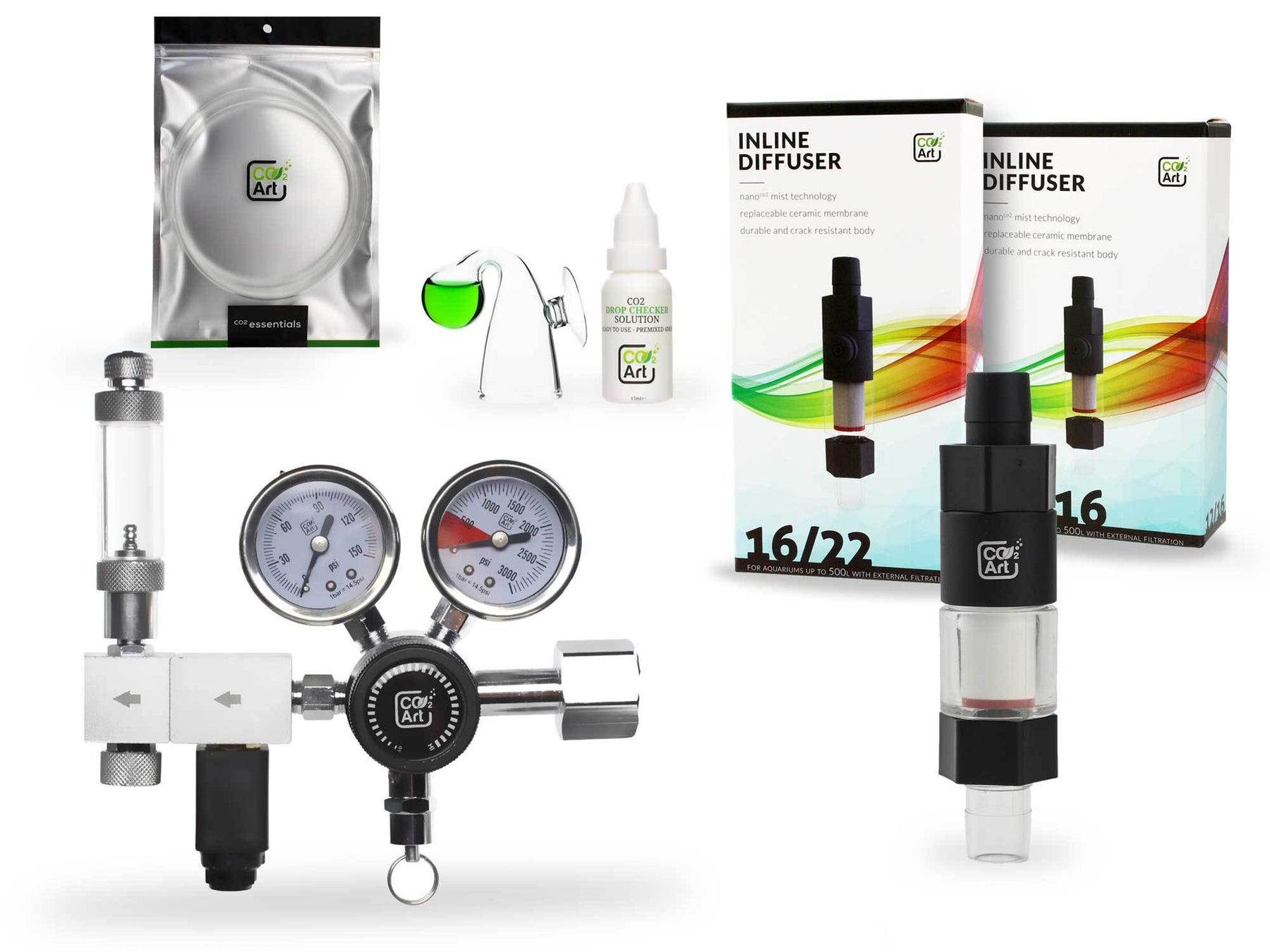How to grow carpet plants without injected CO2
Growing carpet plants without injected CO2 presents an attractive challenge for many aquarists, blending the beauty of a lush, green carpet with the simplicity of low-tech maintenance. This approach appeals to those seeking a natural yet stunning aquatic landscape, focusing on less intensive methods to cultivate a vibrant underwater garden.
In this guide, we explore various strategies and techniques for nurturing carpeting aquarium plants in environments that do not rely on CO2 injection. By understanding the specific needs and adaptations of these carpet plants, aquarists can achieve impressive growth and coverage, enhancing the aesthetic appeal of their tanks while adhering to a more straightforward care regimen.

What Are Carpet Plants?
Carpet plants are a group of aquarium plants that grow low and spread across the bottom of the tank, forming a dense, mat-like appearance that resembles a lush carpet. These plants are integral to creating a foreground in aquascapes, providing a rich green base that enhances the visual depth and beauty of the aquarium.
Popular species used as carpeting aquarium plants no CO2 include varieties like Dwarf Baby Tears and Monte Carlo. While these plants are often associated with high-tech setups requiring CO2 supplementation, they can also adapt to grow in low-tech environments with proper care. This versatility makes them suitable for a wide range of aquarists, from beginners to experienced enthusiasts looking to simplify their setups.

Importance of Light in Growing Carpet Plants
Lighting plays a crucial role in the successful cultivation of aquarium carpet plants. In low light conditions, carpet plants tend to grow taller and less densely, as they stretch towards the light source. To achieve a thick, lush carpet without CO2, it's essential to provide sufficient lighting that supports robust growth and encourages the plants to spread horizontally.
However, the type of light and the intensity required can vary based on the specific carpet plant for aquarium use. Generally, LED lights that emit a full spectrum are preferred, as they efficiently deliver the wavelengths needed for optimal photosynthesis. Adjusting the light intensity and duration to meet the needs of your specific plants can help in developing a healthy, vibrant aquarium carpet without the need for additional CO2.
Choosing the Right Substrate
Selecting an appropriate substrate is fundamental for the growth of carpet plants. The substrate serves as the main source of nutrients for the plants, especially in a setup without CO2 injection. A nutrient-rich substrate can provide the essential minerals and compounds that carpet plants require to establish strong root systems and vigorous growth.
For many carpeting aquarium plants, a fine-grained substrate is beneficial as it allows easier root penetration and better nutrient absorption. Substrates like aqua soil are particularly effective because they are specifically designed to support plant growth in an aquatic environment. These substrates not only supply necessary nutrients but also help maintain a stable pH, which is crucial for the health and development of both plants and aquatic life in the tank.
Nutrition and Fertilization Strategies
To successfully grow carpet plants in a low tech tank, it's essential to provide a proper substrate that can support the nutrient needs of these plants. Substrate that is rich in nutrients will foster a dense carpet of growth, as it supplies the essential minerals that carpeting plants like Dwarf Hairgrass require to spread and anchor effectively. By ensuring the substrate is well-fertilized, aquarists can avoid the common pitfalls of nutrient deficiencies which can stunt plant growth and encourage algae proliferation.
In addition to a nutrient-rich substrate, periodic dosing of liquid fertilizers can help maintain optimal nutrient levels in the water, supporting not just carpeting plants but also mid ground plants. This is especially critical in low tech tanks where natural nutrient sources may not be sufficient to sustain vigorous plant growth. Effective fertilization strategies ensure that all plants receive the necessary nutrients to thrive, contributing to the overall health and aesthetic of the tank.

Water Parameters and Their Impact
Maintaining stable water parameters is crucial for the health of carpeting plants in an aquarium. Parameters such as pH, hardness, and nutrient levels must be closely monitored and adjusted to create an environment where plants like Dwarf Hairgrass can flourish. In low light tanks, where plant growth rates might be slower, ensuring that the water parameters are conducive to growth can compensate for lower light conditions, helping to produce a lush, green carpet.
Moreover, fluctuations in water parameters can stress plants, making them more susceptible to diseases and algaegrowth. Regular testing and adjustments, if necessary, help maintain the conditions that carpeting plants need to develop healthily. Planting techniques that encourage root development, combined with careful management of water parameters, are key to establishing a thriving planted tank without the need for CO2 injection.
The Role of Liquid Carbon
Liquid carbon supplements can serve as an effective alternative to CO2 injections in low tech tanks, especially for aquarists aiming to grow carpet plants without the complexity of gas systems. These products often contain glutaraldehyde, which not only provides carbon to plants but also has algaecidal properties, helping to control algaegrowth. While not as potent as CO2 injections, liquid carbon can significantly enhance the growth rate of carpeting plants by supplying them with a vital source of carbon necessary for photosynthesis.
However, it's important to use liquid carbon cautiously, as overdosing can harm both plants and aquarium inhabitants. Proper dosing according to the manufacturer's instructions can safely improve plant health and vigor, contributing to the formation of a dense carpet. This method is particularly beneficial in planted tanks where traditional CO2 setups are not feasible, providing a simpler, yet effective, way to boost plant growth and maintain aesthetic appeal.
CO2 Alternatives: Natural Methods
Exploring natural methods to enhance carbon availability in the aquarium can be a sustainable approach for those maintaining low light tanks. Techniques such as using soil as a part of the substrate mixture can naturally produceCO2 through the breakdown of organic material. This process slowly releases CO2 into the tank, providing a continuous supply that can benefit carpeting plants. Additionally, the inclusion of fast-growing surface plants can help regulate CO2 and oxygen levels, creating a more balanced environment.
Another strategy is to encourage the development of a healthy biofilm and microbial population within the tank. These microorganisms can produce small amounts of CO2 as a byproduct of their metabolic processes. While these natural methods may not raise CO2 levels as significantly as direct supplementation, they can still contribute positively to the growth of aquarium plants in a low tech setup, enhancing the overall health and visual quality of the aquariumwithout the need for complex equipment.
Planting Techniques for Success
Successful planting of carpeting plants in a low light tank requires careful consideration of both technique and timing. Start by choosing young, healthy specimens of best carpeting plant varieties like Dwarf Hairgrass or Java Moss, which are known for their adaptability and resilience in various lighting conditions. When planting, it's crucial to space small clumps or individual shoots close enough to encourage intertwining growth but far enough apart to allow light and nutrients to reach the base of each plant. This strategy promotes a quicker fill-in and establishes a dense carpet over time.
Regular trimming is also essential to maintain the health and aesthetic of the carpet. Trimming encourages the plants to grow denser and spread laterally, rather than vertically. This not only helps in achieving the lush, flat carpet effect but also prevents the plants from shading each other out, which is crucial in low light aquariums. Frequent, light trims are more beneficial than infrequent, heavy cuts, as they minimize stress on the plants and maintain consistent coverage across the substrate.

Maintenance and Care
Maintaining a planted tank with carpeting plants requires ongoing care and attention to detail, particularly in low light conditions where growth rates may be slower. Regular monitoring of water parameters is essential, as the balance of nutrients in the water significantly impacts plant health. Nutrients should be dosed carefully; excess can lead to algae growth, while too little can starve the plants. Water changes should be conducted regularly to remove excess nutrients and waste, maintaining a clean and stable environment for the plants to thrive.
Additionally, the substrate should be gently agitated occasionally to prevent compaction and ensure it remains aerated, facilitating better root growth and nutrient uptake. Careful attention should also be paid to the light levels, adjusting as necessary to ensure that all areas of the tank are adequately illuminated, especially as plants grow and potentially shade areas of the aquarium. These maintenance routines help ensure that the carpet plants remain healthy and continue to cover the tank floor effectively, creating a stunning natural backdrop for your aquatic scenery.
Common Challenges and Solutions
Growing carpeting plants in low light tanks can present several challenges, notably the potential for slow growth and vulnerability to algae invasion. Slow growth in carpet plants may lead to patches where the substrate is exposed for extended periods, which can be aesthetically displeasing and reduce the overall health of the aquarium. To combat this, ensuring that your tank has the appropriate nutrients and stable water parameters is crucial. Additionally, employing a light fertilization schedule can boost growth without excessively promoting algae.
Algae tends to thrive in conditions where light and nutrients are imbalanced. To manage algae, it's important to adjust lighting duration and intensity, optimize nutrient input, and introduce algae eaters or manually remove algae when necessary. Maintaining cleanliness and regular trimming of carpeting plants also discourages algae growth by improving circulation and reducing debris accumulation on the plant surface, which can block light and hinder photosynthesis.
Inspirational Aquascape Examples
Exploring successful aquascapes that incorporate carpeting plants without CO2 injection can provide valuable inspiration and practical insights. Many aquarists have successfully cultivated impressive carpet plant setups by optimizing their light, substrate, and nutrient regimes. For example, tanks featuring Dwarf Hairgrass or Java Moss as a carpet plant can achieve stunning results with the right combination of light and minimal but consistent nutrient supplementation.
These examples often showcase innovative approaches to planting and maintenance that can be adapted to various tank sizes and conditions. By studying how others have overcome challenges and achieved lush, vibrant carpets, you can apply similar strategies to your setup. Whether you are aiming for a minimalist design or a densely planted aquascape, these examples can guide your efforts in creating an eye-catching and healthy planted tank without the need for injected CO2.
The Impact of Fish and Invertebrates
Incorporating fish and invertebrates in a planted tank with carpeting plants can significantly impact the overall health and aesthetics of the setup. Certain species of fish and invertebrates can help maintain the tank by consuming excess algae and detritus, thus keeping the carpet plants clean and well-maintained. However, it's crucial to select species that are compatible with the growth habits and delicate nature of carpet plants. For example, smaller fish species and shrimp are excellent choices as they are less likely to uproot or damage the plants while foraging.
Moreover, the natural behavior of these creatures can aid in aerating the substrate and promoting healthy root systems within the carpet plants. By carefully choosing the right types of fish and invertebrates, aquarists can create a symbiotic environment where both the fauna and the carpeting plants benefit from each other’s presence. This harmonious interaction helps in maintaining an ecological balance within the tank, which is crucial for sustaining a vibrant and healthy planted aquarium.
Conclusion
Successfully growing carpeting plants in a low light tank without injected CO2 is a rewarding endeavor that enhances the natural beauty of an aquarium. While it presents certain challenges, such as slower growth rates and potential algae issues, these can be effectively managed with proper care, strategic planting, and regular maintenance. By focusing on optimal light, nutrient supply, and the introduction of beneficial fauna, aquarists can create lush, green carpet plants that transform the aquarium floor into a vibrant underwater landscape.
This guide has explored various techniques and considerations for nurturing carpet plants under low light conditions, providing aquarists with the knowledge needed to achieve success in their aquascapes. Whether you're a beginner or an experienced hobbyist, the insights from this article can help you navigate the complexities of planted tank care, encouraging you to experiment and discover the best practices that work for your unique aquatic setup.

Meet our bestseller! The Pro-Elite Series Complete Aquarium CO2 System with New Inline CO2 Diffuser!





